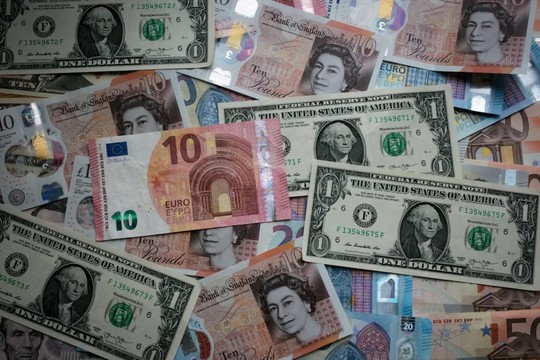Pic.: FP
The world has entered uncharted territory in terms of the debts burdening major economies. Seven major economies are carrying debts more than their annual GDP, which has never happened in combination with such high interest rates. Their currencies are ripe for a series of devaluations reminiscent of the Asian and Russian financial crises of the late 1990s but on a much larger scale, ‘Foreign Policy’ notes.
The International Monetary Fund (IMF) estimates that Canada, France, Italy, Japan, Spain, the United Kingdom, and the United States are all carrying debt equal to more than 100 percent of their GDP. Most of this “D-7” group borrowed heavily during the global financial crisis and again during the COVID-19 pandemic. Japan has been swimming in debt for a quarter century. Yet in terms of the D-7’s reliance on global credit markets, things are at their worst now.
Indeed, interest rates on bonds issued by the D-7 have risen by hundreds of basis points during the past three years. Further pressure on the credit markets, wherever it comes from, will make borrowing more difficult for all of them. Risks will deepen for investors, as well, since yields on the securities issued by the D-7 tend to move in parallel. Trillions of dollars in securities are tightly linked, and one domino falling could knock them all down.
That domino is likely to be the first in a series of currency devaluations, triggered either by speculating investors or by the governments themselves. Because the D-7 countries issue debt in their own currencies, they can control the value of their liabilities. Devaluing their currencies — usually by flooding the market with it and generating inflation — makes their accumulated debts smaller relative to their current tax revenues. It’s a clever trick that avoids the messy politics of cutting spending or raising taxes.
But investors can also be the ones who put a devaluation in motion. If they think a country will soon suffer rapid inflation, or that its bonds might not be repaid, or that it will initiate a devaluation itself, then they will start selling its securities and currency in the open market. After all, a devaluation will destroy the value of the securities in investors’ portfolios. So as soon as they suspect a devaluation is coming, they have an incentive to sell any assets denominated in that currency.
Events like this can start without warning and accelerate at a breakneck pace, leaving governments scrambling to refinance their debts. If the devaluation turns into a rout, central banks usually need to step in and deploy their reserves to buy up their own currencies. But in the meantime, uncertainty drives interest rates skyward, making borrowing even more difficult.
Though the D-7 countries have been able to sustain their debts so far, the markets have been sending some ominous signals. A huge amount of money has lately been shifting away from government bonds and into corporate securities. Now, Japanese bonds are close to their highest yields since the late 2000s. The rest of the D-7 is posting its highest yields for more than a decade, but the debt levels of the 2010s were more manageable.
For now, the markets are relatively quiet. But the IMF expects the pressure on government budgets to grow as tariffs restrain global growth, and economic experts in the D-7 continue to warn of fiscal crises. Without the realistic prospect of reducing their debts via higher taxes or lower spending, D-7 countries are still on the path to devaluation. Will they try to manage it themselves or wait until the markets force their hands?
read more in our Telegram-channel https://t.me/The_International_Affairs

 10:51 11.08.2025 •
10:51 11.08.2025 •























